CHI 109 Head and neck Muscles
1/9
Earn XP
Description and Tags
CHI 109 Lab 5
Name | Mastery | Learn | Test | Matching | Spaced |
|---|
No study sessions yet.
10 Terms
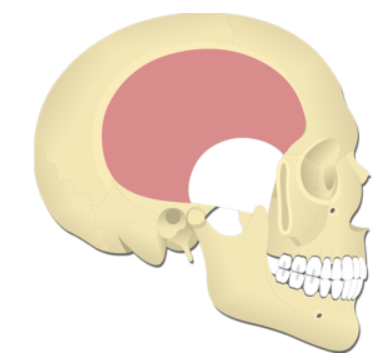
Temporalis
L: Temporal fossa → (deep to zygomatic arch) Coranoid Process+Mandible Ramus
F: Mastication, elevates and retracts jaw
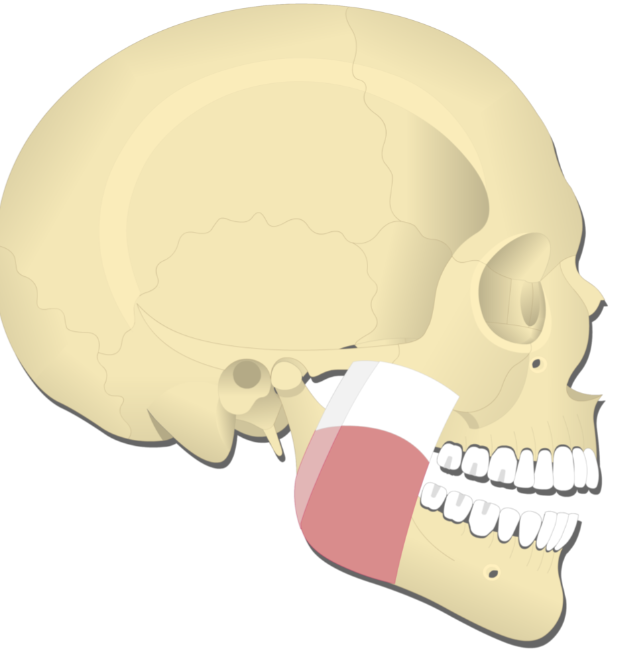
Masseter
L: Zygomatic arch → Mandibular angle
F: Elevates mandible, assists protrusion (jaw forward and back), contributes strongly for mastication

Pterygoids (Lateral)
L: Superior - Sphenoid bone → Mandible condyle and TMJ
Inferior - Pterygoid plate lateral surface → Mandible condyle and TMJ
F: Depress mandible, lateral (side-to-side) movement.
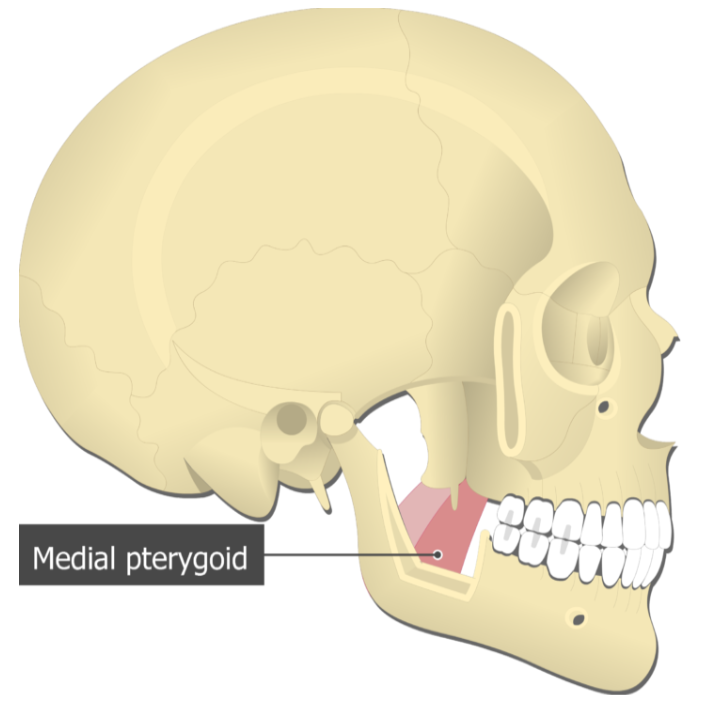
Pterygoids (Medial)
L: Superficial head - Maxilla → Ramus medial surface and mandible
Deep head - medial surface of pterygoid plate and palatine bone → Ramus medial surface and mandible
F: Mandible elevation, Lateral (side-to-side) movement, protrusion assistance

Suboccipitals (4)
i. Rectus capitis posterior major
spinous process C2 → Lateral portion of inferior nuchal line
ii. Rectus capitis posterior minor
Posterior tubicle of atlas (C1) → External occipital protuberance
iii. Obliquus capitis superior
Transverse process of atlas (C1) → Occipital bone between superior and inferior nuchal lines
iv. Obliques capitis inferior
Spinous process of C2 → Transverse process of atlas (C1)
F: Nodding motion, ipsilateral movement (looking left and right)
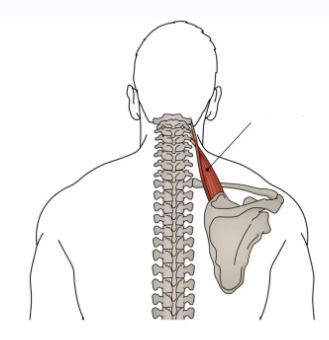
Levator Scapulae
L: Transverse process of C1-C4 → Superior angle of Scapula
F: Scapula elevation, Horizontal abduction and neck lateral flexion
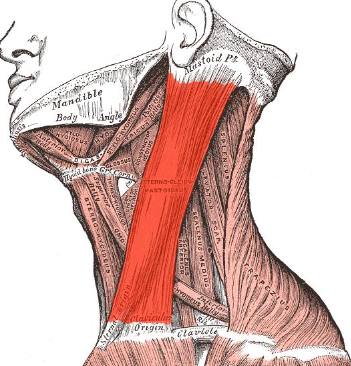
SternoCleidoMastoid
L: Mastoid process of temporal bone → Clavicle & Sternum Manubrium (Separates and connects into 2 locations)
F: Unilateral contraction (head rotation and tilt), Bilateral contraction, neck flexion
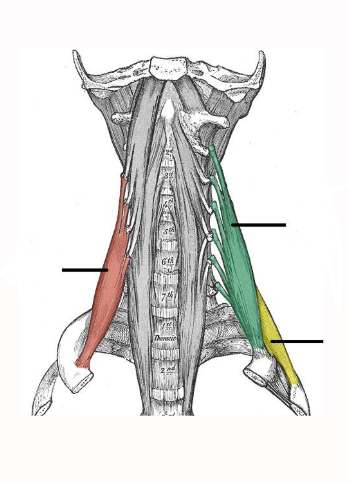
Scalenes (3)
Red: Anterior Scalene
Medial surface first rib → Transverse process C3-6
Green: Middle scalene
Surface of first rib lateral to anterior scalene → Transverse process C2-7
Yellow: Posterior scalene
Surface of second rib → Transverse process C5-7
F: Neck flexion, rib 1&2 elevation, Cervical spine stabilization.
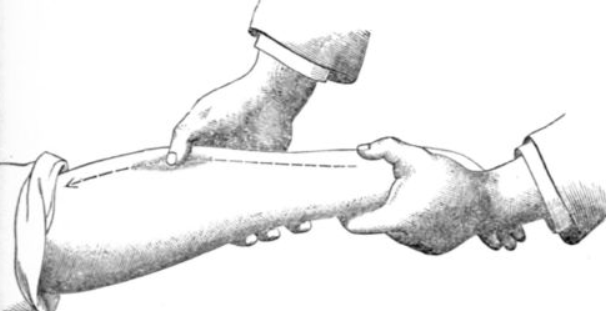
Effleurage Massage
-Stroking of skin + Lotion
-Palm of hands → stimulate deep tissues
-Fingers → stimulate sensory nerves
-Slow pace for relaxation
-Fast pace for blood flow encouragement
-With the muscle orientation, towards the heart
-Rhythmic and continuous pattern
-Perform before to relax patient and identify treatment area
-Perform after to calm down irritated areas
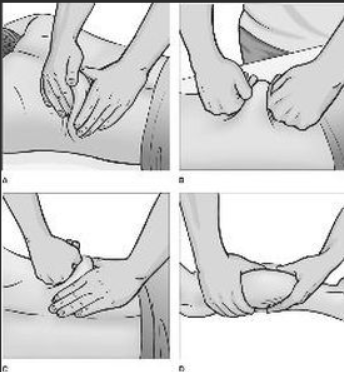
Petrissage Massage
-Dry lifting and kneading skin, subcutaneous tissues and muscles.
-skin gently pinched, lifted, rolled between fingers and palms
-Frees adhesion from stretch and separating muscle fibres, fascia and scar tissue
-Assists venous return and milking out waste ducts